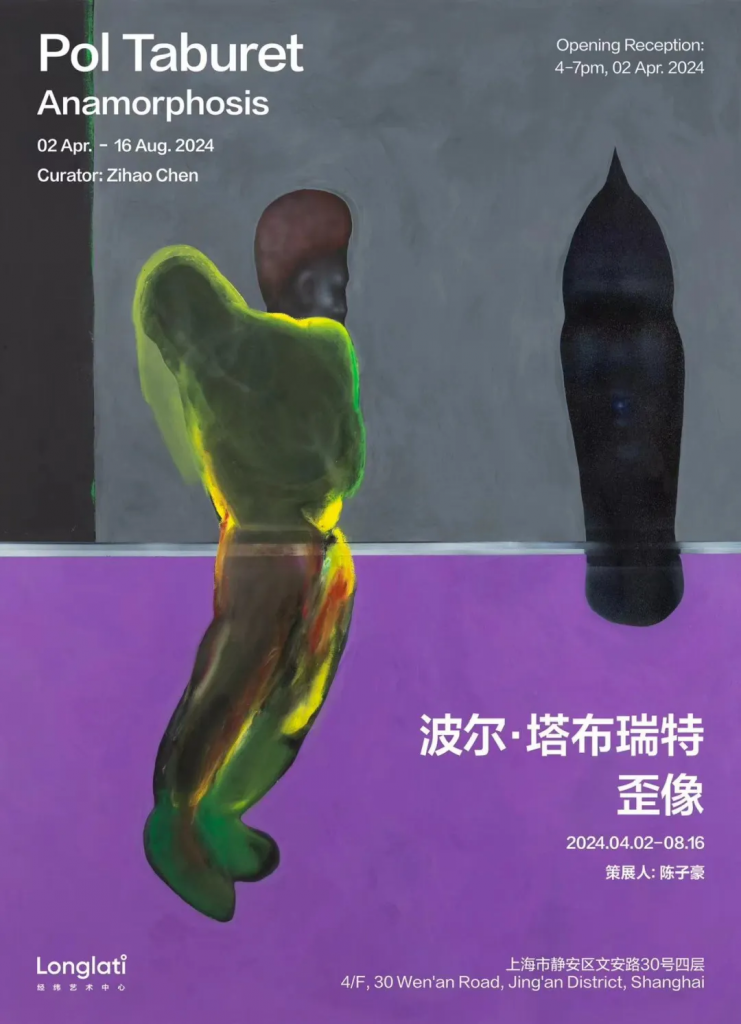
“Pol Taburet: Anamorphosis,” curated by Longlati, represents one of the individual exhibitions proposed for the opening of Wen’an Road’s novel space. The exhibition promises to feature an exclusive presentation of French artist Pol Taburet’s recent artworks, encompassing paintings and installations crafted over the past year. It also marks the artist’s premiere solo exhibition within the Asian continent.
Born in 1997 in Paris, Pol Taburet, showcases his multifaceted artistic production through a large corpus of artworks presenting his material and visual experimentations, characterized by an innate desire to blend techniques and influences. In his pictorial compositions, figurative depictions emanate a discernible ethereality, with subtle hints to “soul culture” delicately permeating the nebulous corporeal imagery. This peculiar aesthetic is rooted in the artist’s mnemonic reservoir, where generational memories, folklore tales, pop culture, and art history combine and multiply each other without hierarchy. Anthropomorphic hybrids and evocative tropes of sorcery are drawn from African Caribbean mythos to be remixed with video clip’s imagery and architectural details reminiscent of Italian Renaissance classics to form a narrative fabric redolent with thematic clarity. For instance, in his piece “The Alley” (2023), characterized by subversion of spatial boundaries through a riotous palette of red, yellow, and green, alongside a visage of simmering defiance concealed amidst the ebony shadows, Pol Taburet undertakes a poignant exploration of memory and temporality.
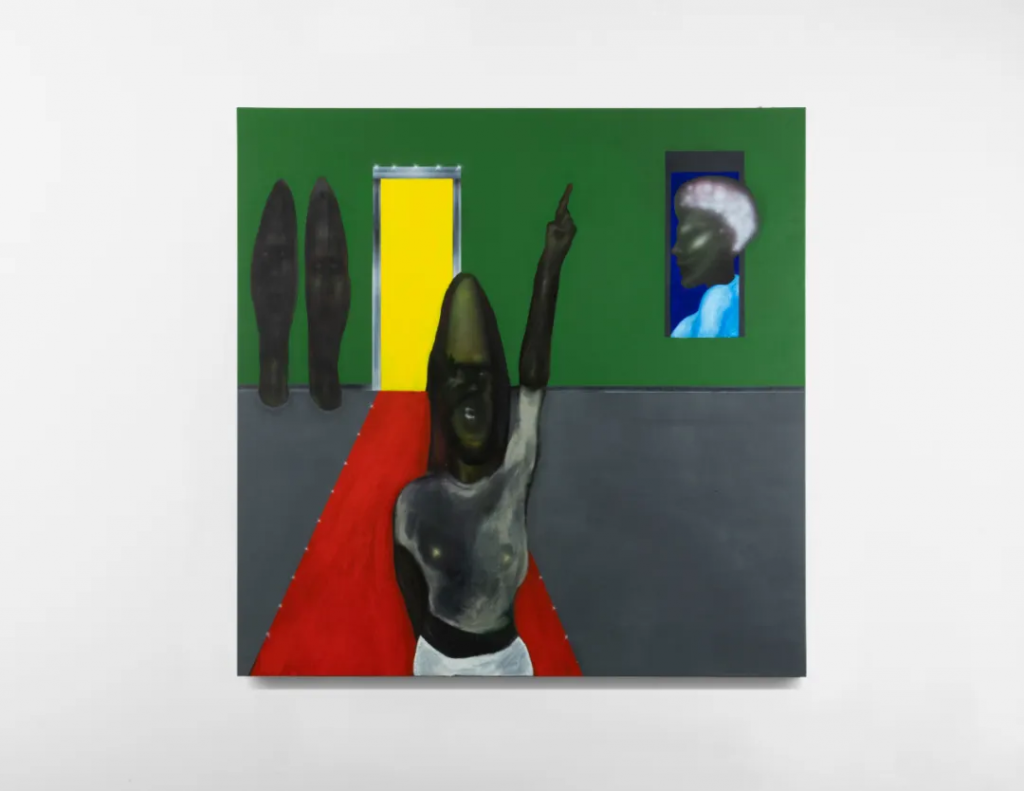
Pol Taburet, The Alley, 2023, acrylic, oil pastel and alcohol-based paint on canvas, 200 x 200 cm. Courtesy the artist and Galerie Balice Hertling
Taburet sometimes evokes “jazz” musical composition as a similar methodology to his approach to artmaking, grounded in spontaneous expressionism and liberated from the constraints of preparatory sketches or predetermined color schemes. In his essay “Salon of 1846,” Baudelaire contends, “Romanticism concerns itself with the artist’s emotions and experiences in a particular manner… Romanticism is the latest and most modern expression of beauty.” This assertion may elucidate Pol Taburet’s self-ascription as a “Neo-Romantic.”
Concurrent with his painterly pursuits, Pol Taburet has also embarked upon an experimental foray into sculpture and, recently, installation. In contrast to the enigmatic primal impulses inscribed upon his canvases, his installations exhibit a lucidity of facial portraiture. For instance, “O’ Trees” (2024), a sculpture derived from a 3D scan of Pol’s partner, is an instantiation of his innovative approach towards mythopoetic narratives, extending the tradition of the sphinx through contemporary modalities of storytelling. Likewise, in the series “Fountain” (2024), the titular motif, replete with mythic signification concerning fecundity and immortality, evokes parallels with the Greek deity Aphrodite, thereby exemplifying the dialectical interplay between Romantic narrative and sculptural realism that defines Pol’s exploration of new media. The patina on the surface of “Fountain,” suggests the passing of time and moreover hints to possible life hidden at the heart of the object.
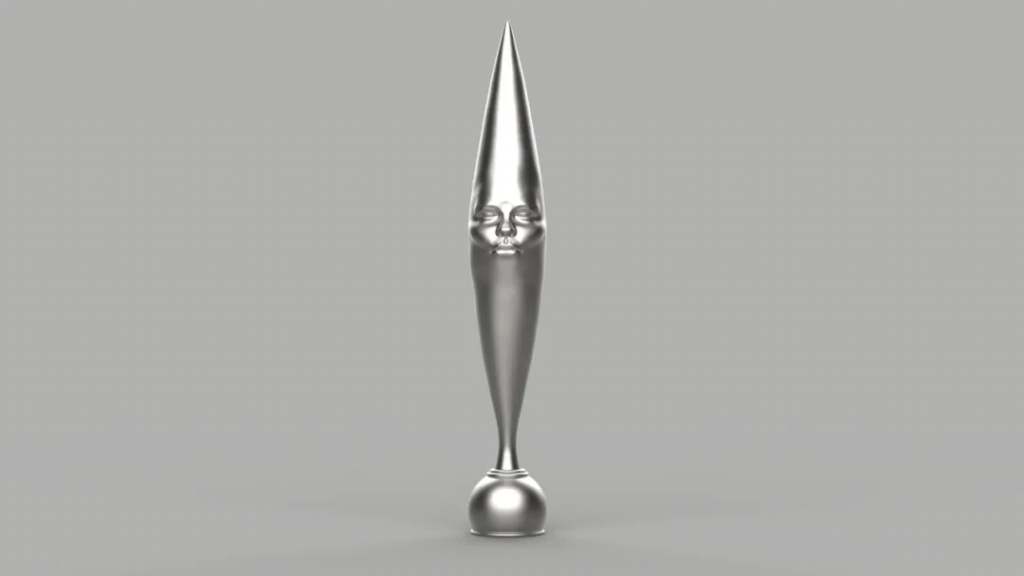
Pol Taburet, O’ trees, 2024, stainless steel, 36 x 36 x 251 cm. Courtesy the artist and Galerie Balice Hertling
The exhibition displays the sculptures in separate, intimate spaces, as to involve the viewers in silent discussions while towering over them like distant deities. They appear as both inhabited and hallucinated objects, unconscious revelations suspended in time and captured in space. The familiar yet enigmatic shapes of the artworks invite to search for forgotten details within our memories to try to understand the dialogues between these inert manufactured creatures. The artist evokes his initial encounter with the historic edifice located at 30 Wen’an Road by the banks of the Suzhou River in Shanghai as decisive for the construction of the exhibition. The tangible dialectic of antiquity and contemporaneity, of history and the present influencing the cyberpunk-inflected surrealist atmosphere of the show.
“Anamorphosis” not only serves as a testament to Pol’s idiosyncratic treatment of figuration but also unveils the latent narrative substratum that underpins his creative production. From the hallowed annals of tradition to the quotidian tapestry of contemporary life, from mythopoeic allusions to prosaic observations, Pol’s corpus embodies a dialectical duality that finds expression through a singularly crafted narrative discourse.
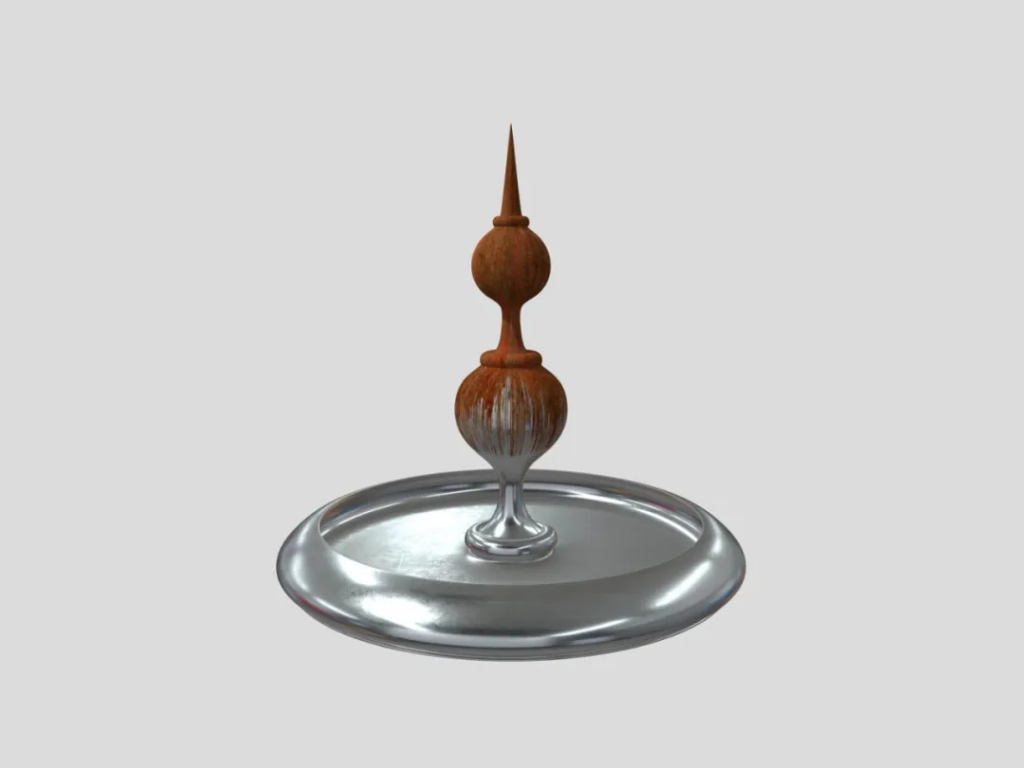
Pol Taburet, Fountain 2, 2024, weathering steel, 245 x 245 x 220 cm. Courtesy the artist and Galerie Balice Hertling
About the Artist
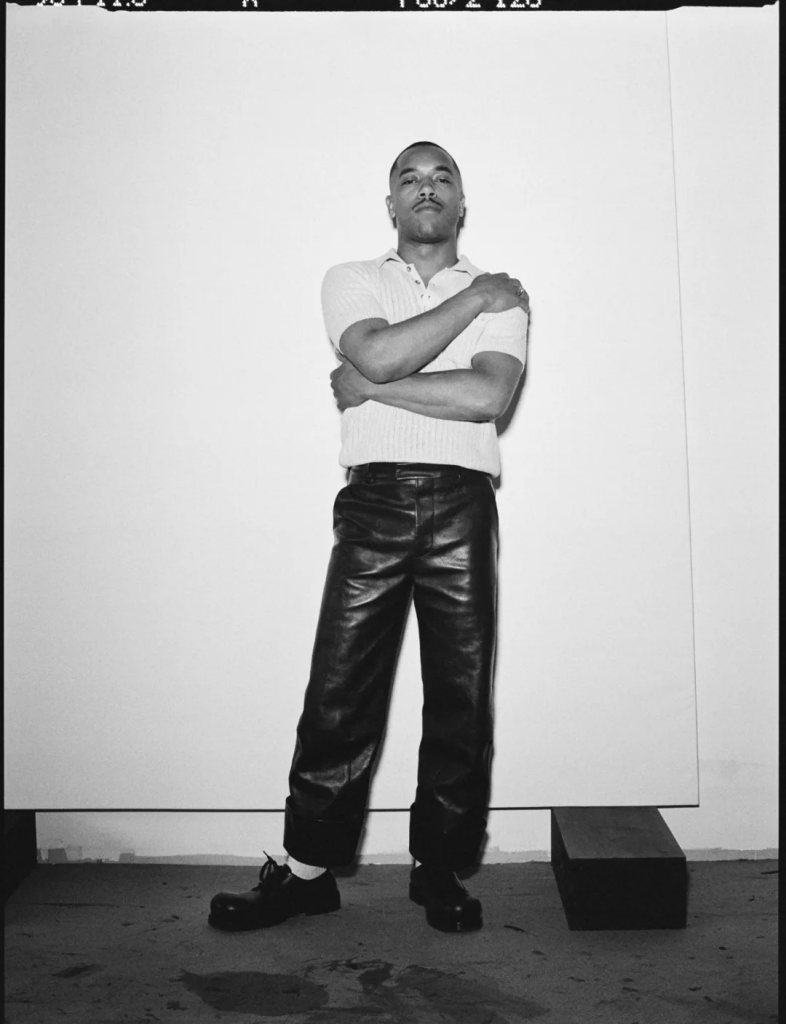
Pol Taburet. Courtesy the artist and Galerie Balice Hertling. Photo: Zelinda Zanichelli
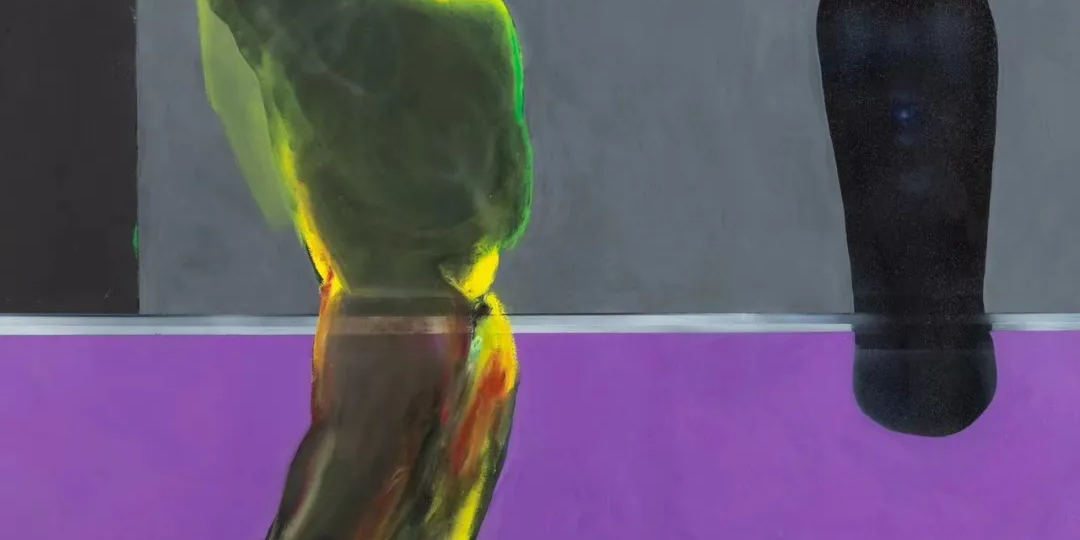






1 Comment